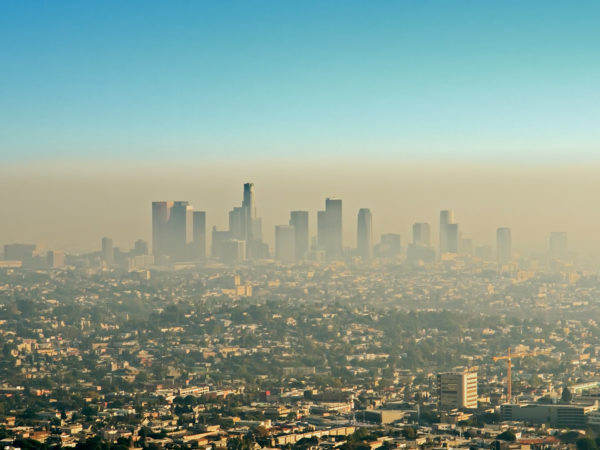Goodbye Air Pollution

Improvements in air quality due to federal regulations decreased the levels of major pollutants which led to a drop of 47 percent in air-pollution-related deaths between 1990 and 2010 despite population gains, increased use of energy, electricity and additional motor vehicle miles driven. These findings, from the University of North Carolina at Chapel Hill, stem from an analysis of concentrations of two pollutants, PM2.5 and ozone across the U.S. over 21 years. Using data from the U.S. Centers for Disease Control and Prevention, the investigators were able to estimate deaths from ischemic heart disease, chronic obstructive pulmonary disease, lung cancer and stroke from geographical areas across the country.
They found that compared to 135,000 deaths attributed to air pollution in 1990 there were 71,000 in 2010. Study leader Yuqiang Zhang reported that the health improvements probably have continued since 2010 as air pollution levels continued to drop. Even so, “there are still people dying,” said co-author Jason West, professor of environmental sciences and engineering at UNC, who also opined “policies curtailing air pollution regulations likely will slow the improvement in air quality or possibly make air quality worse.”
Source:
Yuqiang Zhang et al, “Long-term trends in the ambient PM2.5– and O3-related mortality burdens in the United States under emission reductions from 1990 to 2010.” Atmospheric Chemistry and Physics, October 19, 2018, doi.org/10.5194/acp-18-15003-2018
Also In This Week’s Bulletin:













